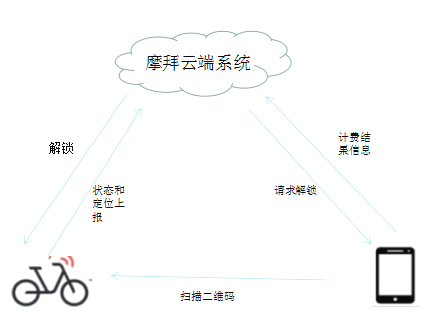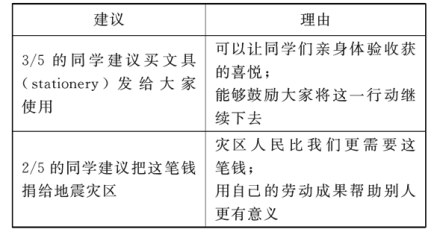题目内容
【题目】【2016-2017学年度苏锡常镇四市高三教学情况调研(二)】
已知数列![]() 满足
满足![]() ,
,![]() ,其中
,其中![]() ,
,![]() ,
,![]() 为非零常数.
为非零常数.
(1)若![]() ,
,![]() ,求证:
,求证:![]() 为等比数列,并求数列
为等比数列,并求数列![]() 的通项公式;
的通项公式;
(2)若数列![]() 是公差不等于零的等差数列.
是公差不等于零的等差数列.
①求实数![]() ,
,![]() 的值;
的值;
②数列![]() 的前
的前![]() 项和
项和![]() 构成数列
构成数列![]() ,从
,从![]() 中取不同的四项按从小到大排列组成四项子数列.试问:是否存在首项为
中取不同的四项按从小到大排列组成四项子数列.试问:是否存在首项为![]() 的四项子数列,使得该子数列中的所有项之和恰好为2017?若存在,求出所有满足条件的四项子数列;若不存在,请说明理由.
的四项子数列,使得该子数列中的所有项之和恰好为2017?若存在,求出所有满足条件的四项子数列;若不存在,请说明理由.
【答案】(1)![]() (2)①
(2)①![]() ,
,![]() ,
,![]() .②
.②![]() ,
,![]() ,
,![]()
【解析】
解:(1)当![]() ,
,![]() 时,
时,![]()
![]()
![]() ,
,
![]() .
.
又![]() ,不然
,不然![]() ,这与
,这与![]() 矛盾,
矛盾,
![]() 为2为首项,3为公比的等比数列,
为2为首项,3为公比的等比数列,
![]() ,
,![]() .
.
(2)①设![]()
![]() ,
,
由![]() 得
得![]()
![]() ,
,
![]()
![]()
![]() ,
,
![]()
![]()
![]()
![]()
对任意![]() 恒成立.
恒成立.
令![]() ,2,3,解得,
,2,3,解得,![]() ,
,![]() ,
,![]() .
.
经检验,满足题意.
综上,![]() ,
,![]() ,
,![]() .
.
②由①知![]() .
.
设存在这样满足条件的四元子列,观察到2017为奇数,这四项或者三个奇数一个偶数、或者一个奇数三个偶数.
1°若三个奇数一个偶数,设![]() ,
,![]() ,
,![]() ,
,![]() 是满足条件的四项,
是满足条件的四项,
则![]()
![]() ,
,
![]()
![]() ,这与1007为奇数矛盾,不合题意舍去.
,这与1007为奇数矛盾,不合题意舍去.
2°若一个奇数三个偶数,设![]() ,
,![]() ,
,![]() ,
,![]() 是满足条件的四项,
是满足条件的四项,
则![]()
![]() ,
,![]() .
.
由504为偶数知,![]() ,
,![]() ,
,![]() 中一个偶数两个奇数或者三个偶数.
中一个偶数两个奇数或者三个偶数.
1)若![]() ,
,![]() ,
,![]() 中一个偶数两个奇数,不妨设
中一个偶数两个奇数,不妨设![]() ,
,![]() ,
,![]() ,
,
则![]()
![]() ,这与251为奇数矛盾.
,这与251为奇数矛盾.
2)若![]() ,
,![]() ,
,![]() 均为偶数,不妨设
均为偶数,不妨设![]() ,
,![]() ,
,![]() ,
,
则![]() ,继续奇偶分析知
,继续奇偶分析知![]() ,
,![]() ,
,![]() 中两奇数一个偶数,
中两奇数一个偶数,
不妨设![]() ,
,![]() ,
,![]() ,则
,则![]()
![]() .
.
因为![]() ,
,![]() 均为偶数,所以
均为偶数,所以![]() 为奇数,不妨设
为奇数,不妨设![]() ,
,
当![]() 时,
时,![]()
![]() ,
,![]() ,检验得
,检验得![]() ,
,![]() ,
,![]() ,
,
当![]() 时,
时,![]()
![]() ,
,![]() ,检验得
,检验得![]() ,
,![]() ,
,![]() ,
,
当![]() 时,
时,![]()
![]() ,
,![]() ,检验得
,检验得![]() ,
,![]() ,
,![]() ,
,
即![]() ,
,![]() ,
,![]() ,
,![]() 或者
或者![]() ,
,![]() ,
,![]() ,
,![]() 或者
或者![]() ,
,![]() ,
,![]() ,
,![]() 满足条件,
满足条件,
综上所述,![]() ,
,![]() ,
,![]() 为全部满足条件的四元子列.
为全部满足条件的四元子列.

练习册系列答案
相关题目



